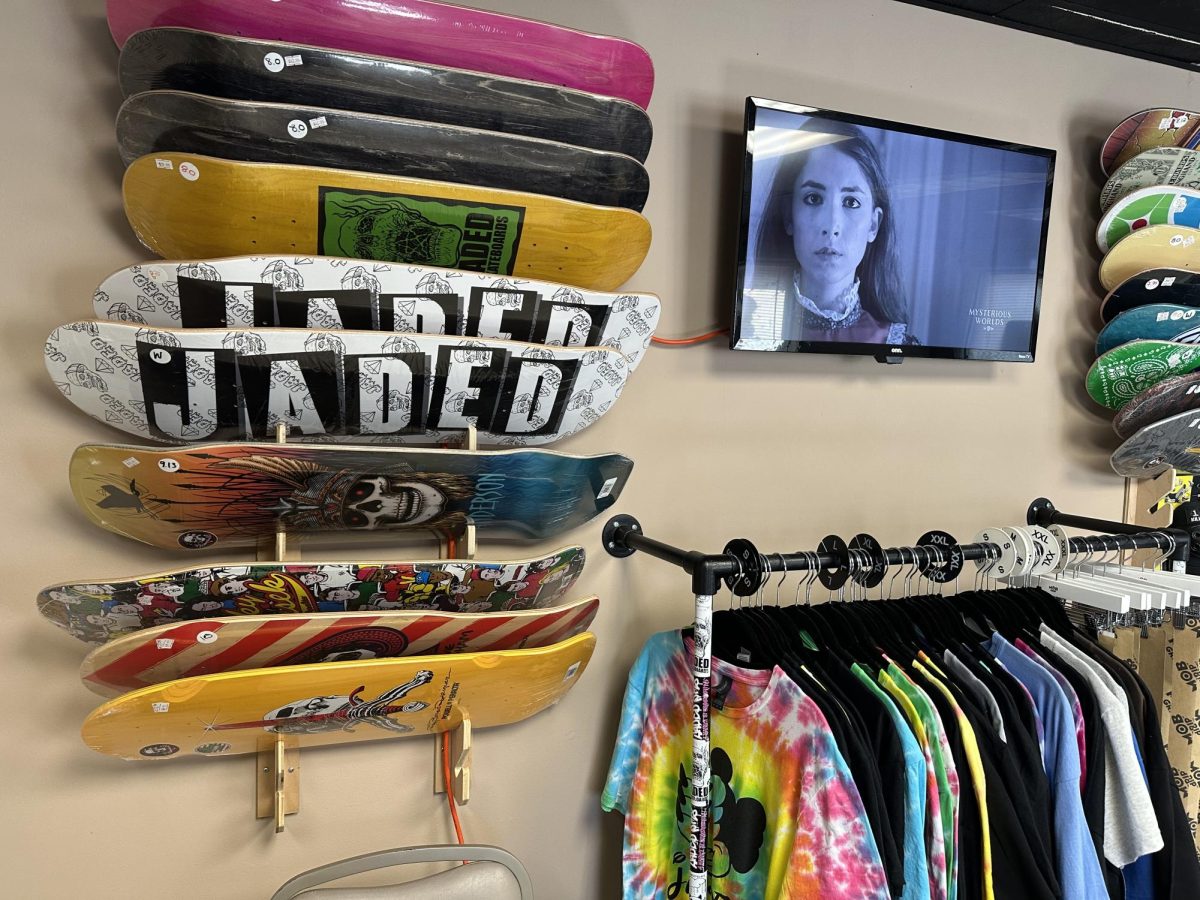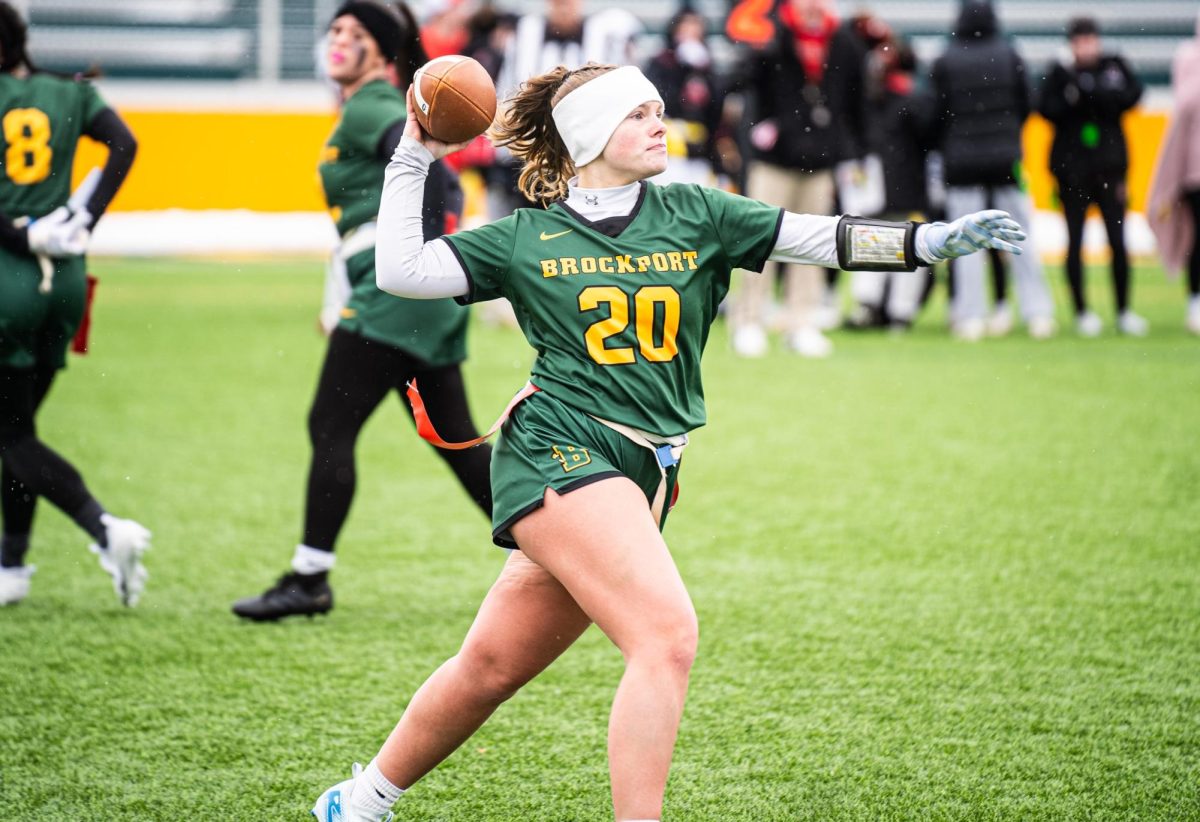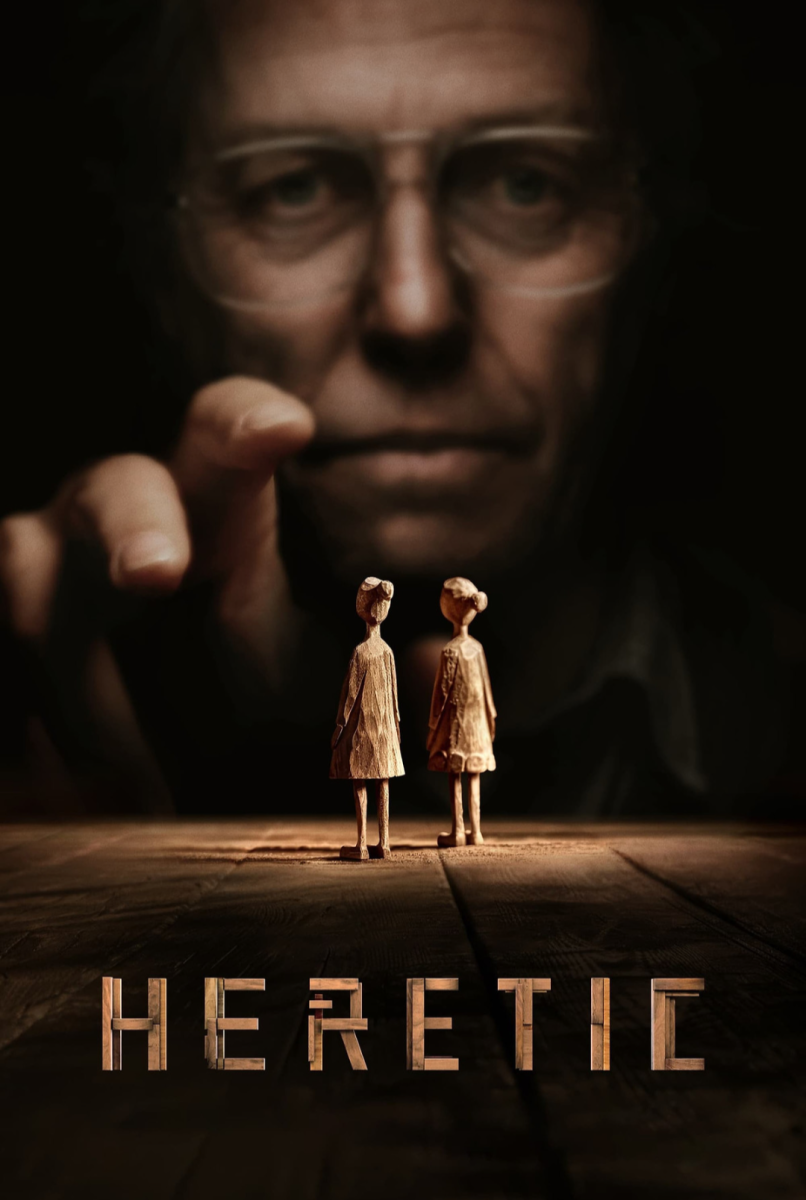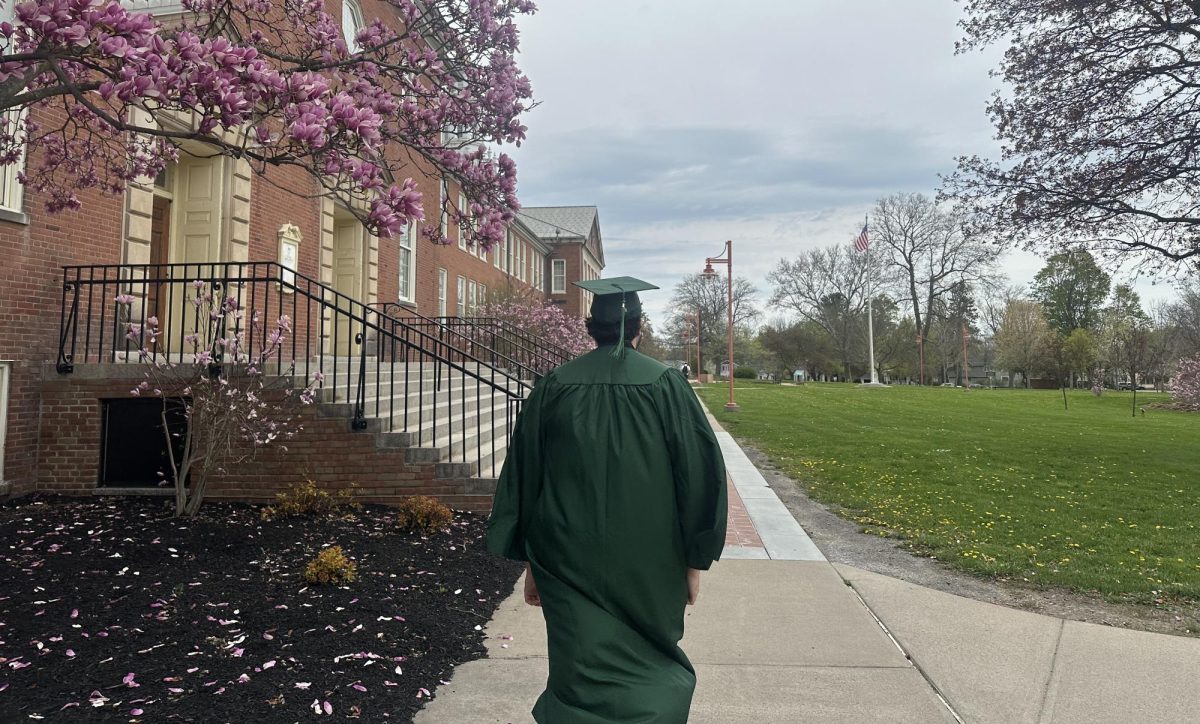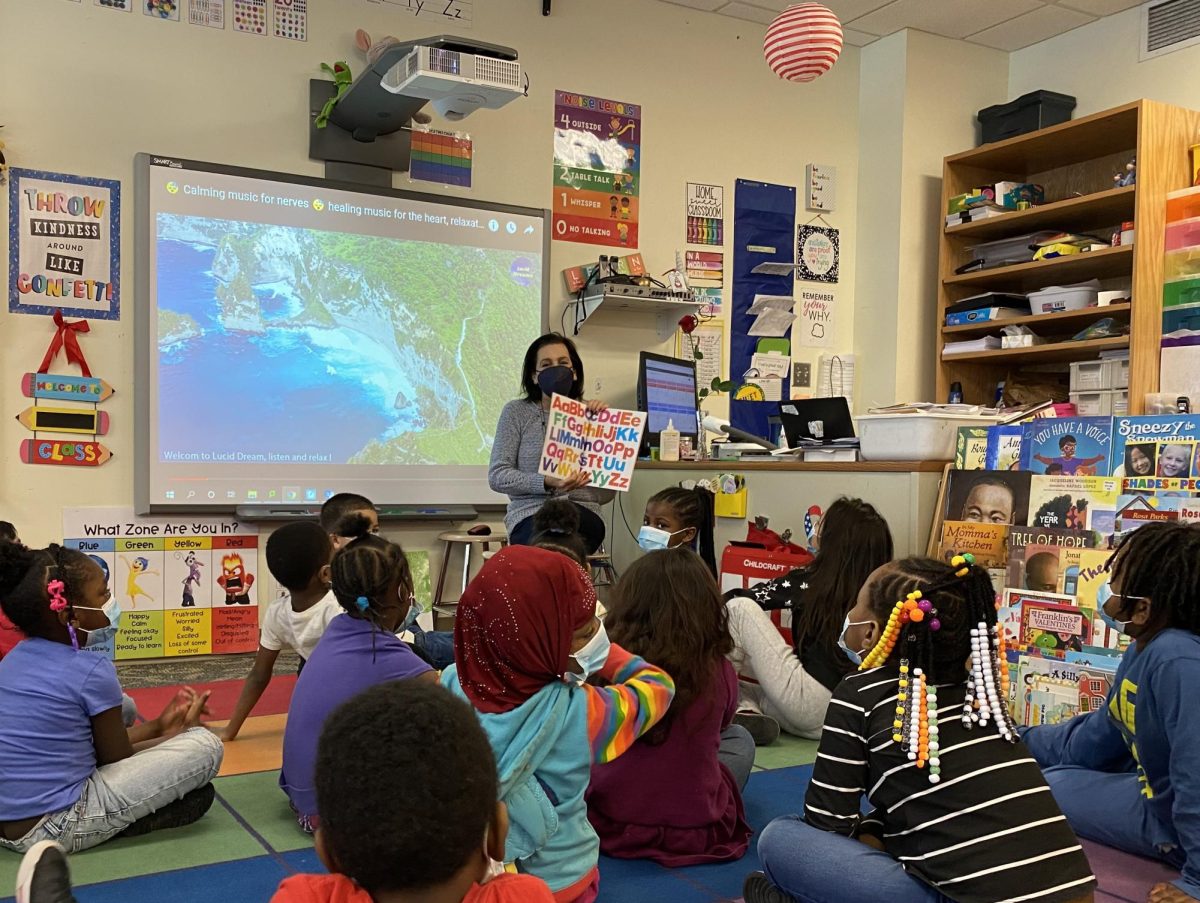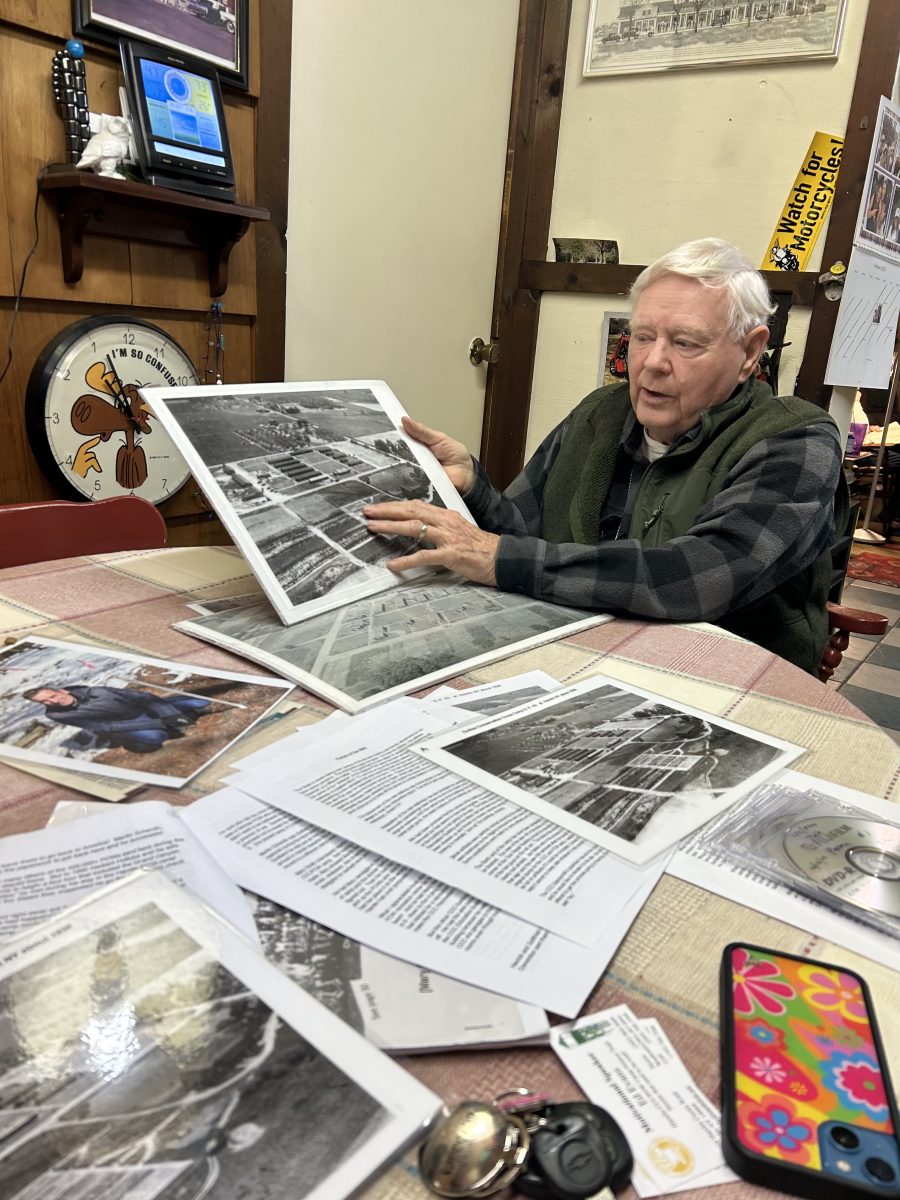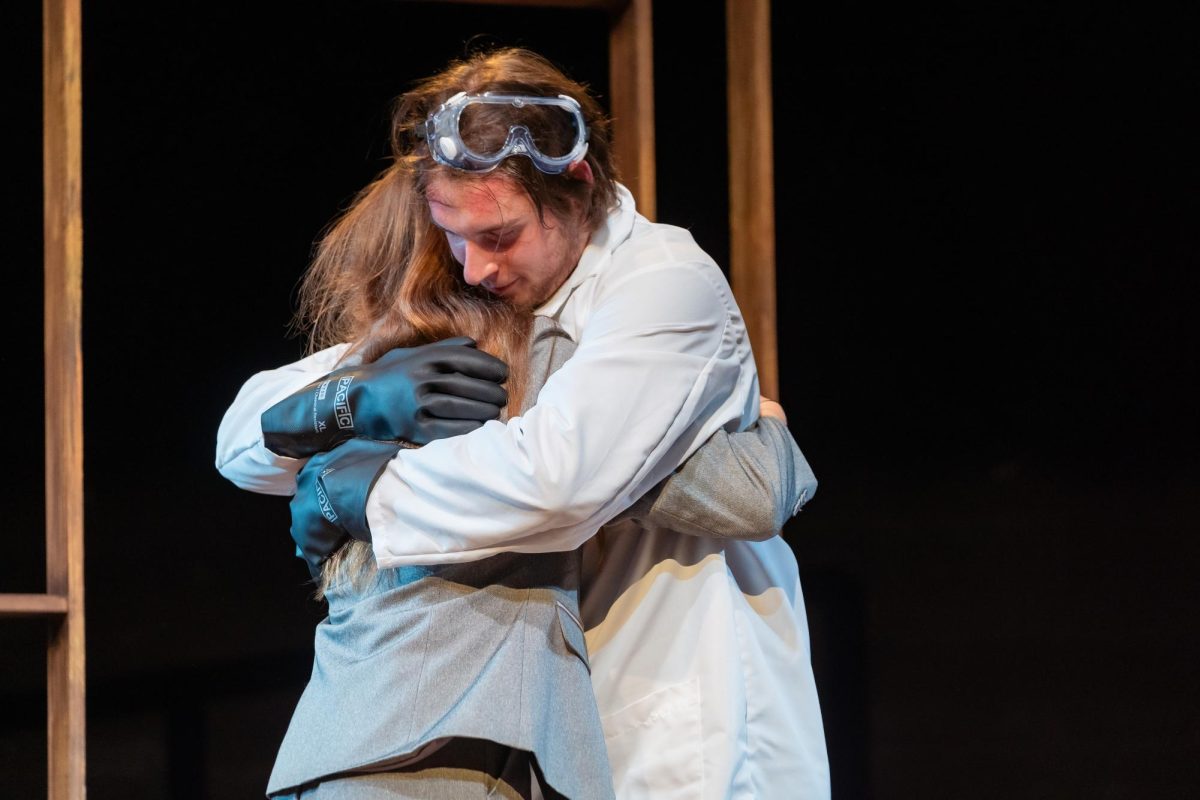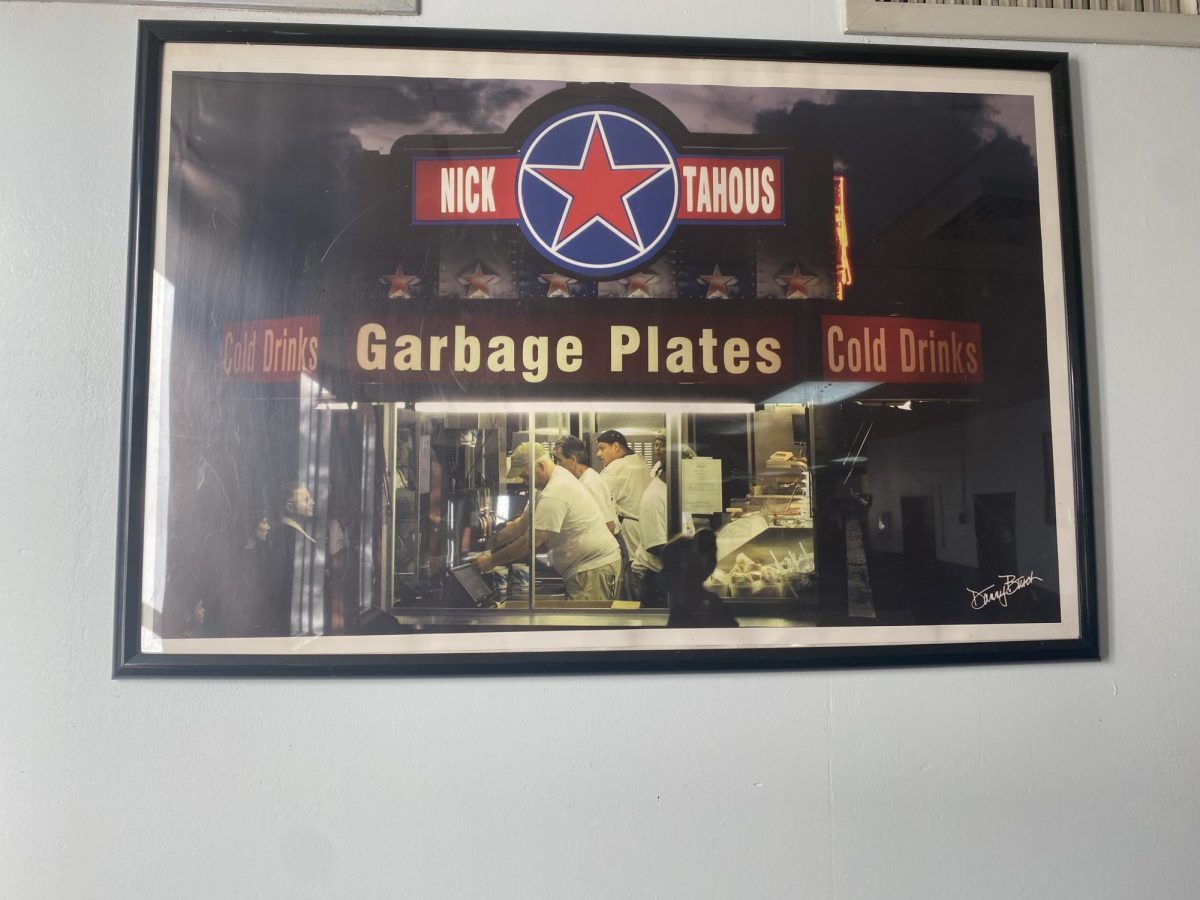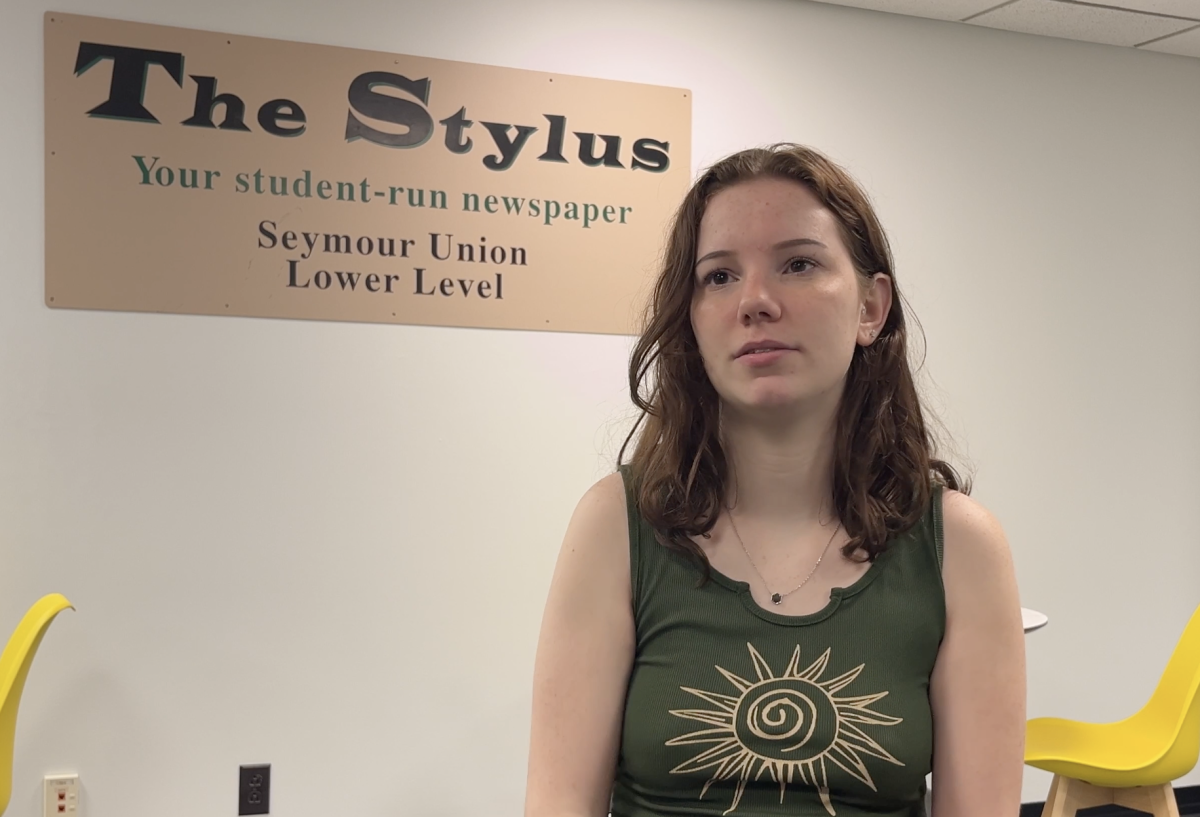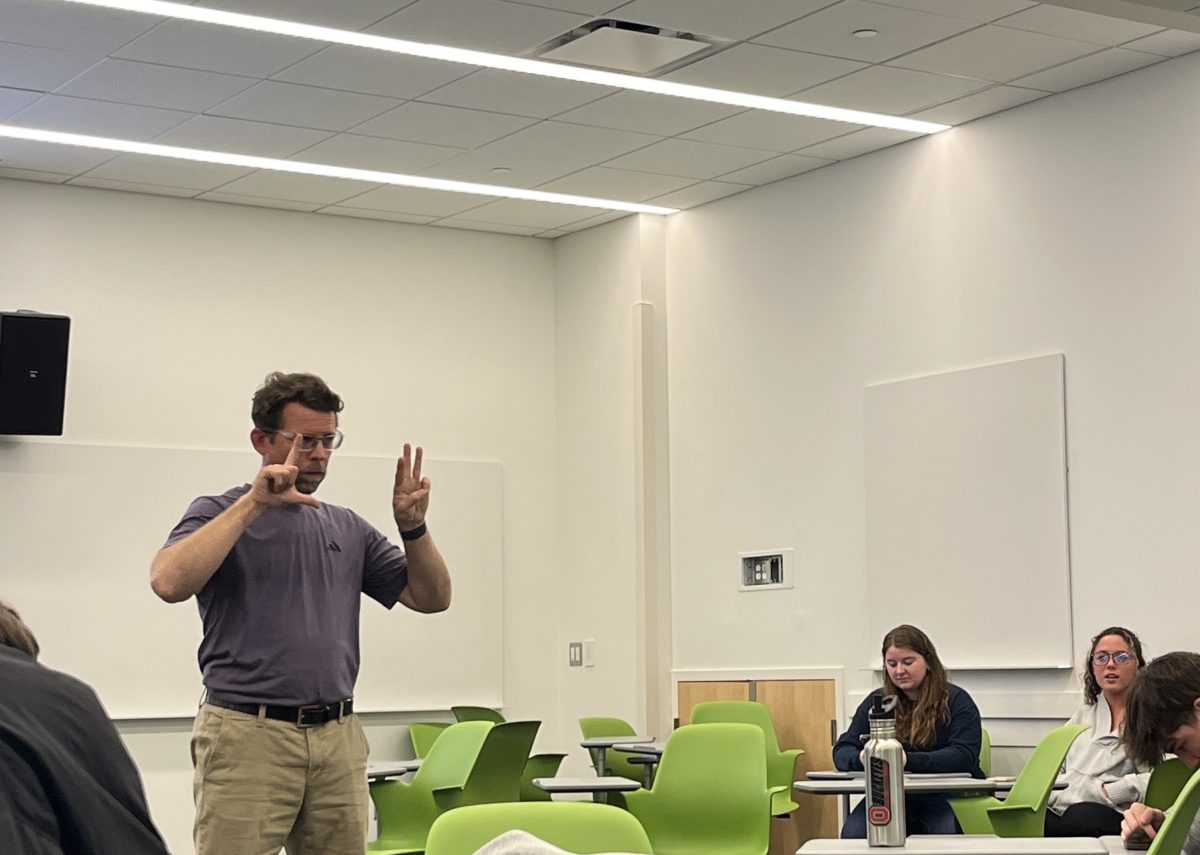Artists view the world differently. Many artists see color and creativity where others see black and white.
Artists take many paths to get to where they want to be.
Many artists are self-taught, like Vincent Van Gogh for example, while others have more formal education. According to recent data, 265 successful American artists have a college degree.
Sam Vanacore, 23, went the traditional route.
“There are many things I have learned through college that I might have never thought to look up and learn if I had been solely self-taught,” said Vanacore.
“There is nothing wrong with being self-taught,” said Vanacore. “Going to college just gives you access to a professional with much more knowledge on the subject who can teach you more than if you were to teach yourself.”
Students get the benefit of peer critique from others during class, they also work alongside experienced artists who teach those classes.
“It’s nice having someone you can go to who has worked in the field and who is there to answer any question you might think of,” said Vanacore. “College also gives you the opportunity to share your art with other artists both in class and in student art shows which is an amazing experience to have.”
Self-Portrait of Samantha Vanacore, 23, Basement Studio of SUNY Brockport College, NY 2023
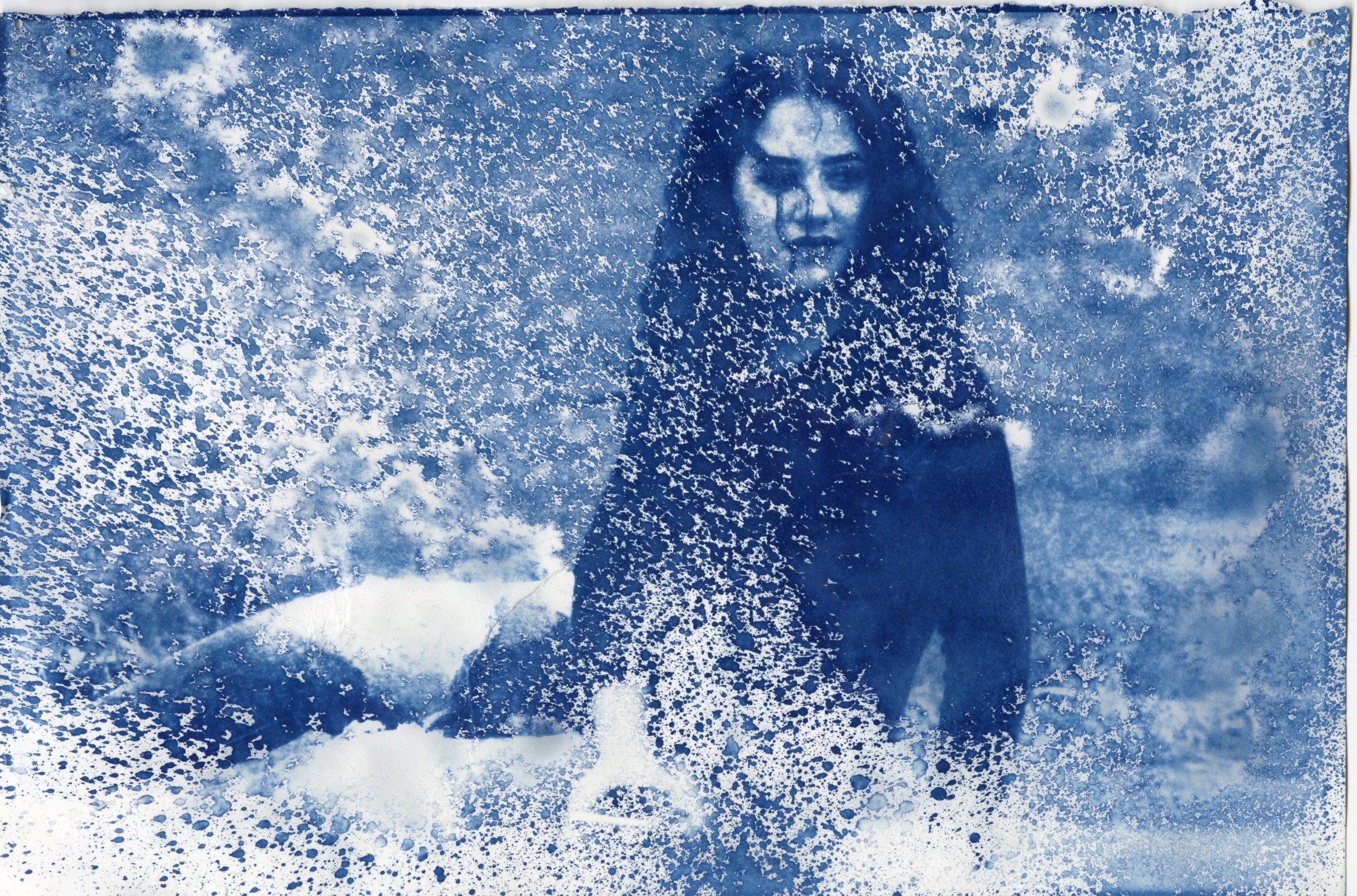
Sophia Medina, Photo Credit: Sam Vanacore, Cyanotype on paper, Brockport NY
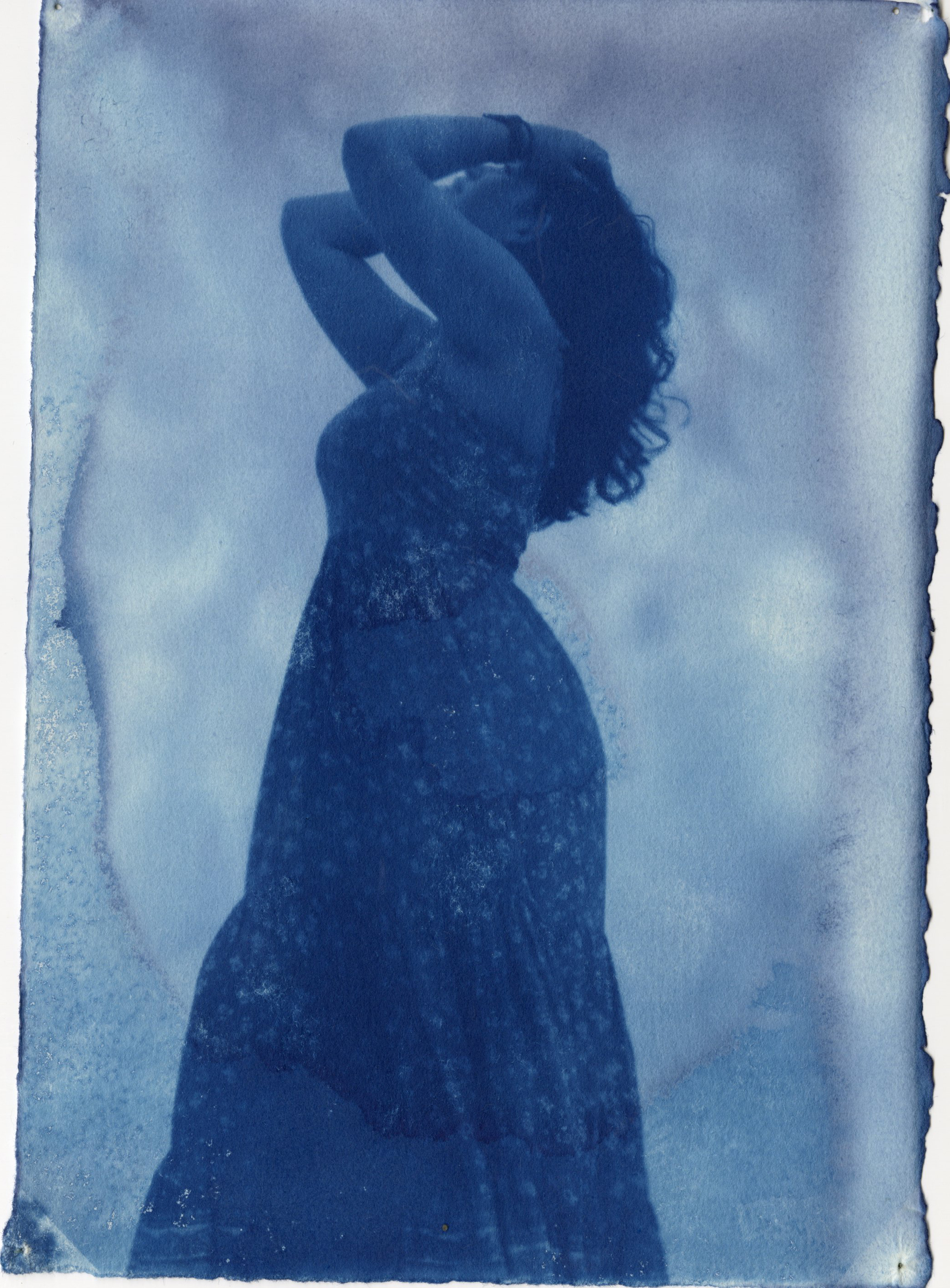
Sophia Medina, Photo Credit: Sam Vanacore, Cyanotype on paper, Brockport NY
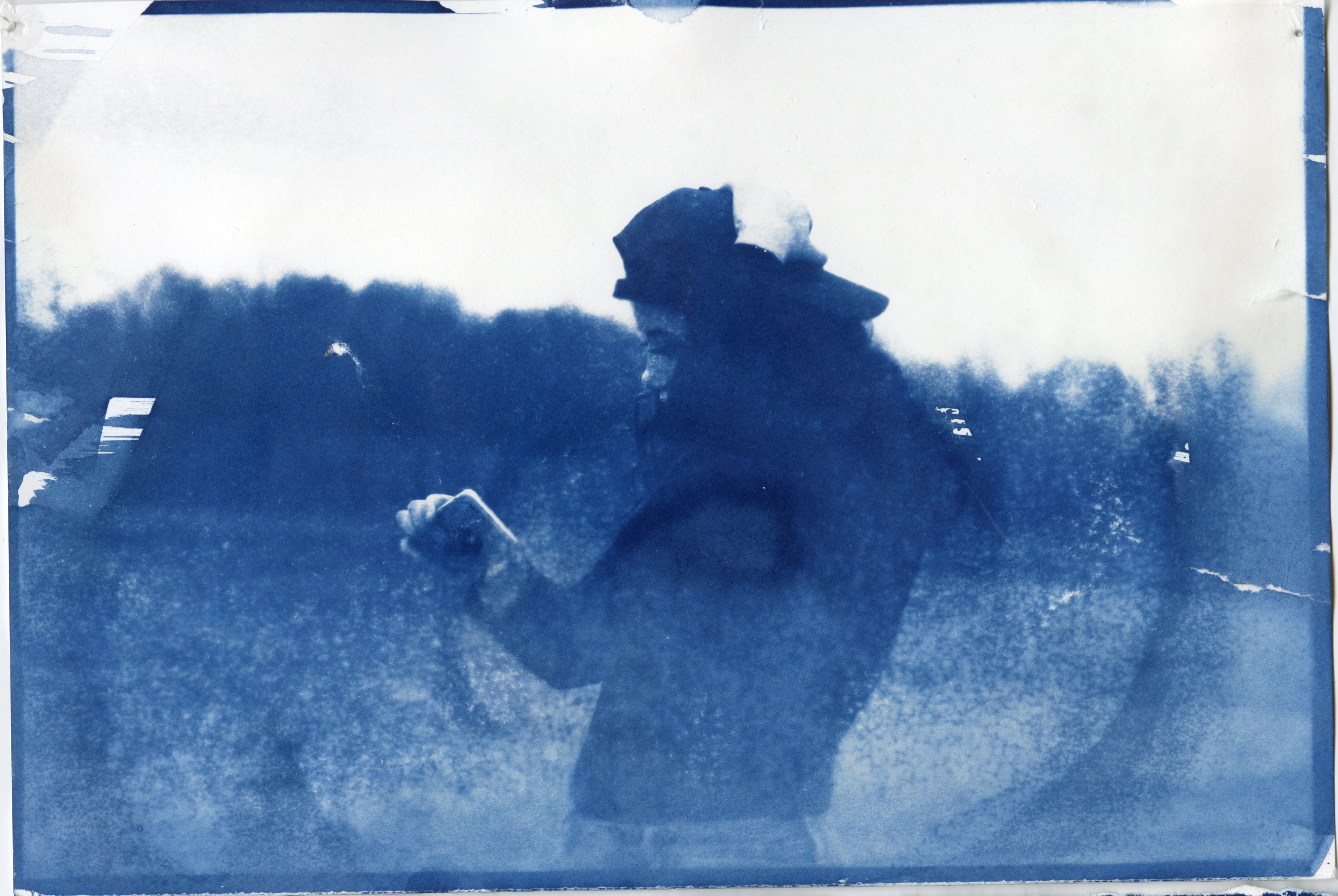
Sophia Medina, Photo Credit: Sam Vanacore, Cyanotype on paper, Brockport NY
SUNY Brockport’s art department has not only helped art majors, but minors and double majors as well.
“College has helped me look at art in a different way, it has given me opportunities to meet other artists of my own level or higher to be inspired from and learn from. Being an art major also has required me to put out new works that are out of my comfort zone – which has ultimately been a good thing for me,” said Deanna Burch, a double major.
Many artists debating college are worried about the workload, and whether or not the guidelines for projects will limit their creative freedom. Burch thinks differently.
“A lot of my projects inspire me to try new mediums, ideas, and allow me to look at art in a different way,” said Burch. “Other students have definitely inspired me as well.”
Though a majority of artists are self-taught in the beginning of their artistic journey, many thrive in a more structured setting where there are mentors, deadlines and advisors.
“I’d recommend giving college a try for art, even if just a minor. It has been worth the time and energy I have given towards it. It brings me happiness and goals,” said Burch.
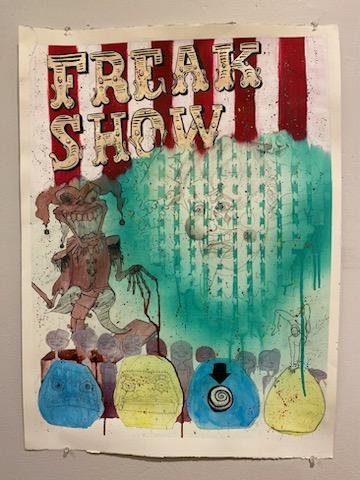
Artwork by Deanna Burch
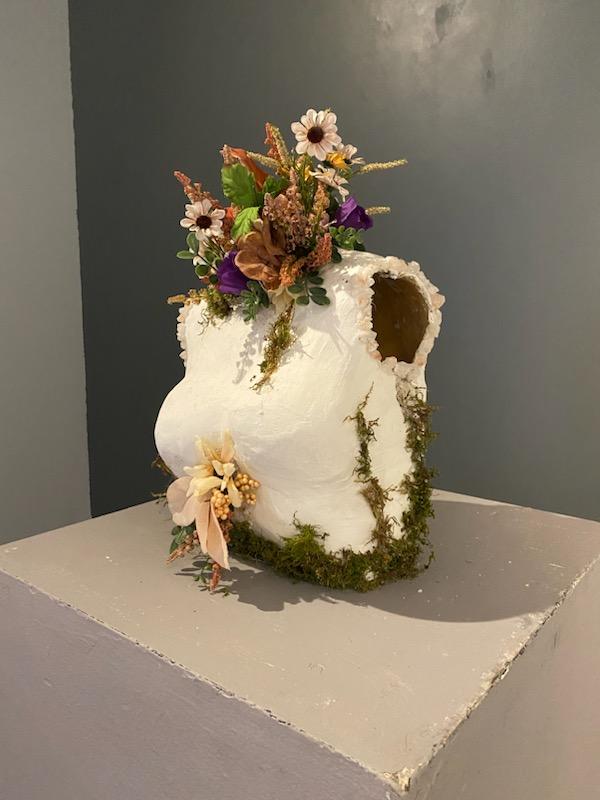
Sculpture bust made by Deanna Burch
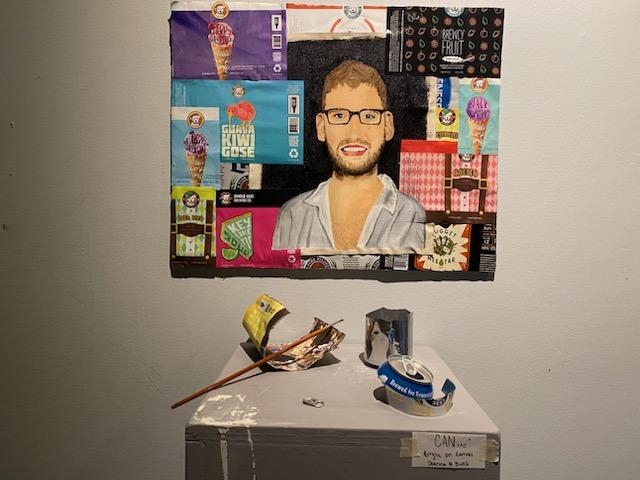
Artwork by Deanna Burch
Lori Mills, a professor at SUNY Brockport college for over 25 years, also received formal education. She has a BA in Art History and an MFA in Ceramics.
“It was during my undergraduate studies that I first discovered my deep interest in ceramics and discovered people could actually spend their lives creating art using clay as an expressive material,” said Mills. “College helped open the door for learning about art in a more holistic sense. In addition to learning a variety of skills, I gained important knowledge about the history of art from a multitude of periods and cultures.”
Mills is excited when it comes to giving students new interesting project. “I am always thinking of new projects or improving existing projects. I get ideas for my projects from many sources, such as looking at art, reading about art-especially historical and contemporary ceramics, traveling, visiting museums and galleries, talking to other artists and educators in the field of ceramics, and attending conferences,” said Mills. “I don’t feel that I limit student’s creative freedom. I purposefully design projects that allow for broad range of individualized interpretations and solutions, while honing technical skills. Creative freedom is not just doing what you want to do. It is the ability to solve any problem, even with established parameters, in a creative and well executed manner.”
When it comes to student artwork, Mills is always trying to push students to act upon their dedication. “I am continually inspired by the artwork created by those students who are engaged and deeply committed to becoming artists. They are curious, hard-working, and not afraid to experiment, take chances, and possibly fail. These attitudes are those that assist them in creating inspiring works of art.”
“I would advise that one considering going to college for art, give this decision serious thought. It is a large time and financial investment and if one is not fully committed to pursuing their education in art, consider other options,” said Mills.
Christian Lopez is a drawing major. He was also benefited from the opportunities at SUNY Brockport.
“I was considered good at drawing in high school, but once I got to Brockport I was elevated to a different type of art,” said Lopez. “I was able to apply the techniques that my professors showed me in class to my drawings.”
College work takes a similar amount of dedication that it takes an artist to create their artwork. Combining the two allows for artists to expand on their dedication.
“There’s always more to learn. No matter how much you think you know about the things you are painting, drawing, sculpting, or studying, I can promise you don’t know it all,” said Lopez. “No matter what route you take, choose the path where you can learn and get the experiences you need to make art that will change the world.”
Artists view the world differently. They go through different paths. In the end it’s up to the artists to decide where their path takes them.








